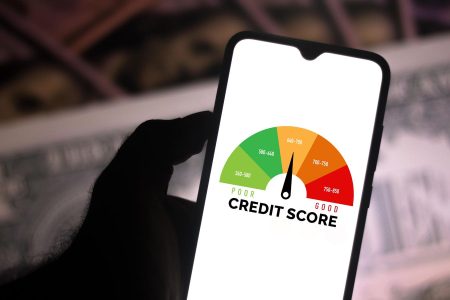I treasure any incentives to save money, but few Americans know the entire toolbox of bonuses when they file their taxes or save during the year. The Saver’s Credit is one such plum, but it helps the know the rule to see if you qualify.
According to the IRS, the “Retirement Savings Contribution Credit” is for “making eligible contributions to your IRA or employer-sponsored retirement plan. Also, you may be eligible for a credit for contributions to your Achieving a Better Life Experience (ABLE) account, if you’re the designated beneficiary.” You can claim the credit if you’re:
- Age 18 or older,
- Not claimed as a dependent on another person’s return, and
- Not a student.
The maximum contribution amount that may qualify for the credit is $2,000 ($4,000 if married filing jointly), making the maximum credit $1,000 ($2,000 if married filing jointly), See Form 8880, Credit for Qualified Retirement Savings Contributions, for more information.
Millions of workers are eligible for the Saver’s Credit, yet more than half of workers are unaware of it (53%), according to a latest survey conducted by the nonprofit Transamerica Center for Retirement Studies (TCRS).
“In addition to the other tax-advantages of saving for retirement in a 401(k), 403(b) or IRA, the Saver’s Credit is a benefit that may reduce a person’s federal tax bill. Many retirement savers could be confusing these tax incentives simply because the idea of multiple benefits sounds too good to be true,” said Catherine Collinson, CEO and president of TCRS.
Congress recently enhanced the saver’s credit through the SECURE 2.0 law. According to EBRI, the employer retirement organization, one provision within this law “is focused on increasing the savings of lower income workers is changing the current Saver’s Credit to a match, where the federal government would make a matching contribution to a qualified retirement plan of lower income workers.”
“The match has a maximum value of $1,000 at a rate of $0.50 per dollar contributed by a worker, up to $2,000 annually. Scheduled to go into effect in 2027, the match would be directly added to the individual’s retirement plan after the worker applied for the match.”
Don’t wait for the added incentive, though. If you qualify for an IRA or Roth IRA contribution, make it part of you annual savings plan. And max out your 401(k), 403(b) or 457 plans.
Read the full article here










